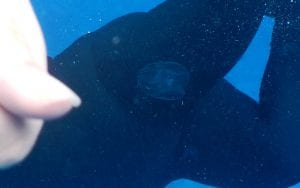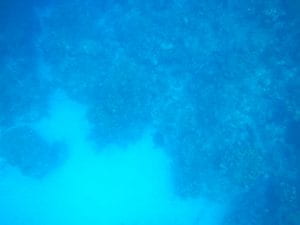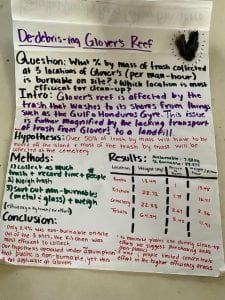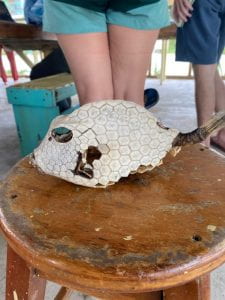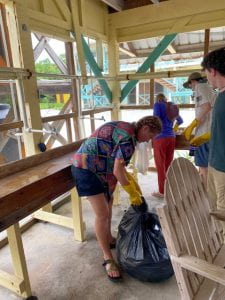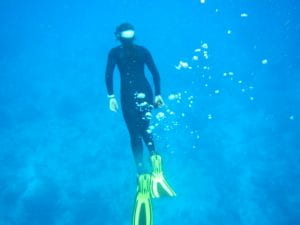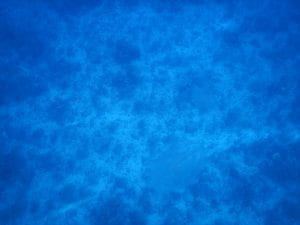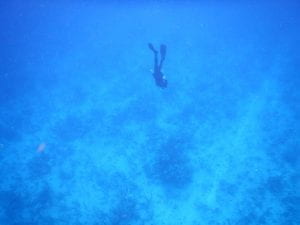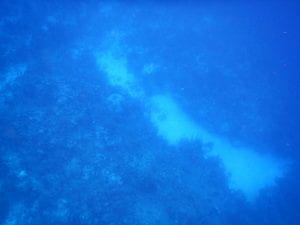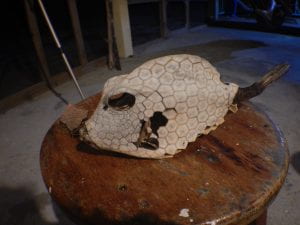Today was our last day at the Glover’s Reef research station. I can hardly believe it! Today, we combined doing a little bit of cleanup on the island with our final experiment of the trip. we looked at the density of trash in several places on the island, hypothesizing that the regions facing into the atoll would have less trash on the beach than the areas facing outwards, towards open ocean. We went to three sites and took pictures and then cleaned them up a bit. We filled six large trash bags in total, but if we had had more we probably could have kept working for days. Lots of plastic had accumulated. When we got back, we analyzed our photographs and made our final poster. Looking at our pictures, we didn’t see a distinction between the different beaches on average. We estimated percent coverage of trash using evenly sized squares and still couldn’t see a difference, but it’s possible that our methods were imprecise or biased.

After lunch, we dissected lion fish. Lionfish are invasive to the Atlantic and can pose a huge threat to reef ecosystems, so removing them is actually doing a service—it’s another type of cleanup, in a way. It was cool to look at all the different internal structures of the lionfish. My group had a medium sized lionfish so we were able to make out all the organ. We even looked at what was inside our lionfish’s stomachs, and my group’s fish had four smaller fish partially digested. It was hard to make out what they were, as some were in a pretty broken down state, but there were a lot of them. One of them might have been a wrasse based on coloration. It was very cool to see. We removed the head and got a lesson on how lionfish suction feeding works as well. After, we turned them over to the professors, who made them into a delicious ceviche.


After that, all that was left to was pack. It’s incredible that the trip is drawing to a close—it feels like it’s gone by so fast, but it’s also been jam-packed with tons of cool and interesting activities. I got to refine my scientific skills in a beautiful location. There were some uncomfortable parts, sure, but overall it was an incredible experience. Tomorrow we’re leaving at 6:00 AM. I’ll have more to say in my final blog, but my impressions now are definitely that this experience was something I am lucky to have and something that will be tough to top.

